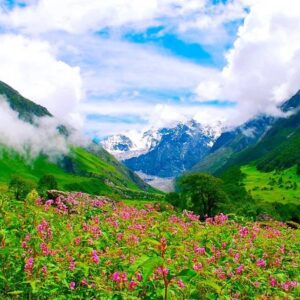10 Earth Impact Craters You Must See: A Journey into Cosmic History
Embark on a virtual journey through time and space as we explore ten awe-inspiring Earth impact craters that you can discover with the help of Google Earth. From the iconic Barringer Crater to the mysterious Kaali Crater Field, these geological wonders offer a glimpse into the fascinating world of cosmic collisions.
Explore with Google Earth
Before we delve into specific craters, take a moment to appreciate the entire planet using Google Earth. Zoom in, pan around and marvel at the diverse landscapes shaped by the forces of nature and celestial events.
Barringer Crater (Meteor Crater)
Location: Arizona, USA
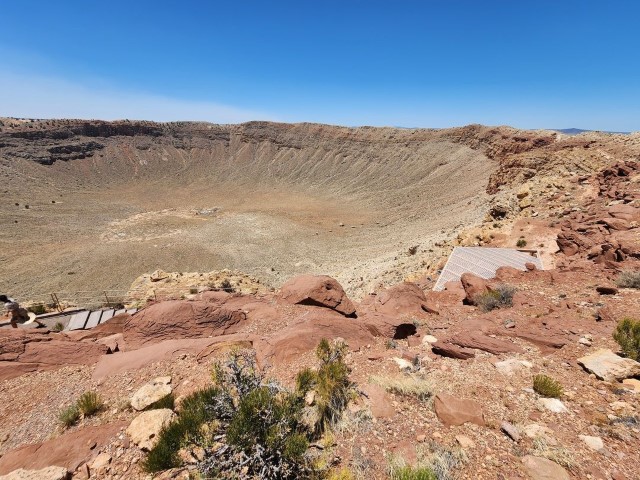
Witness one of the most well-preserved impact craters on Earth. The Barringer Crater, also known as Meteor Crater, is approximately 50,000 years old and provides a captivating insight into the powerful forces unleashed by a celestial collision.
Read More: Effect Of Climate Change On Earth
Lonar Crater
Location: Maharashtra, India

Nestled amidst the Deccan Plateau, Lonar Crater is unique not just for its geological significance but also for the lush ecosystem that has evolved within its confines. This crater, believed to be around 52,000 ± 6,000 years old, offers a picturesque blend of science and nature.
Wolfe Creek Crater
Location: Western Australia

Journey to the remote landscapes of Western Australia to witness Wolfe Creek Crater. This relatively young crater, estimated to be around 300,000 years old, is a mesmerizing sight from above, showcasing the power of celestial bodies sculpting our planet.
Read More: Places on Earth That Don’t Feel Real
Gosses Bluff (Tnorala)
Location: Northern Territory, Australia
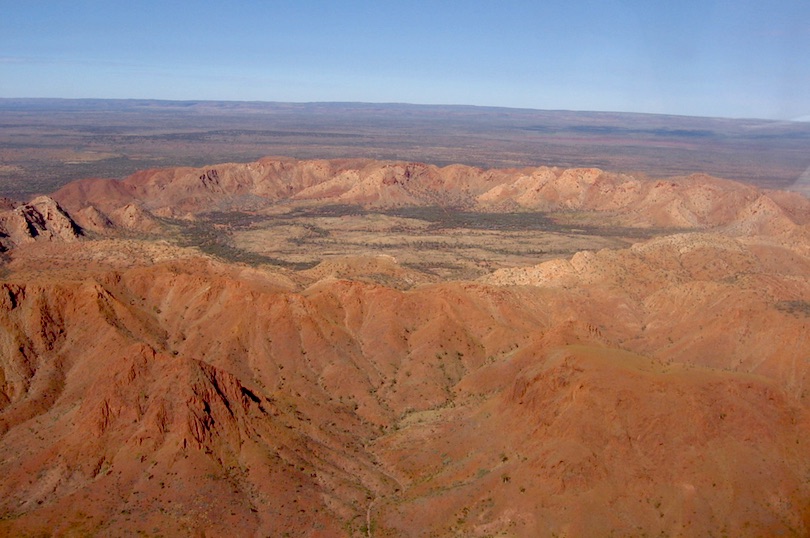
An ancient relic of an impact event that occurred around 142 million years ago, Gosses Bluff, or Tnorala, is a stunning circular feature in the Australian outback. Immerse yourself in the beauty of this crater, which holds cultural significance for the local indigenous communities.
Pingualuit Crater
Location: Quebec, Canada

Venture into the Canadian wilderness to discover Pingualuit Crater, also known as the New Quebec Crater. This perfectly preserved crater, formed around 1.4 million years ago, harbors a pristine crater lake within its basin, creating a captivating contrast between rugged geology and serene waters.
Read More: 10 Places That You Will Not Believe Exist On Earth
Kaali Crater Field
Location: Saaremaa Island, Estonia
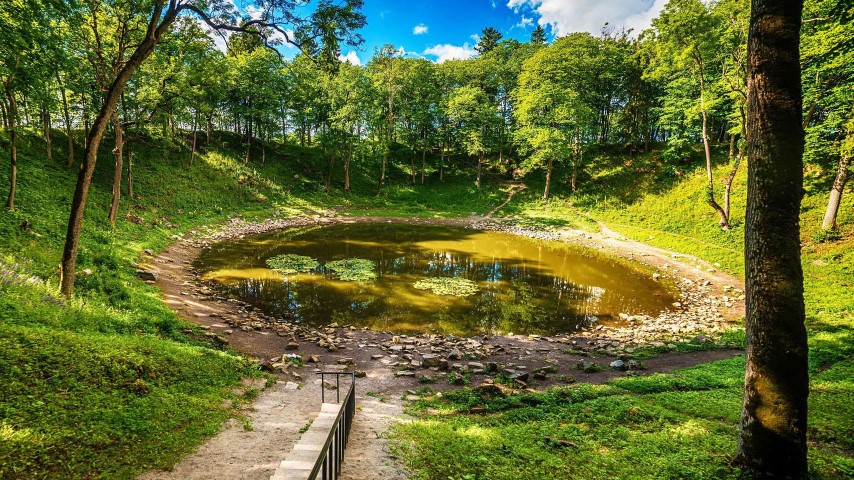
Uncover the mysteries of the Kaali Crater Field, a cluster of nine impact craters on Saaremaa Island. Dating back around 4,000 ± 400 years, these craters offer a unique glimpse into a more recent chapter of Earth’s cosmic history.
Nördlinger Ries
Location: Bavaria, Germany
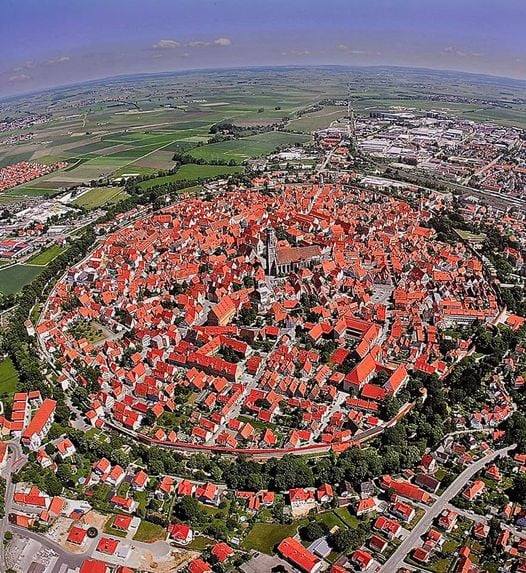
Head to Bavaria, Germany, to explore the Nördlinger Ries, a massive impact crater formed approximately 14.8 million years ago. The picturesque landscape surrounding the crater adds an extra layer of charm to this geological wonder.
Read More: Top Mysterious Places Around the World
Tswaing Crater
Location: Gauteng, South Africa
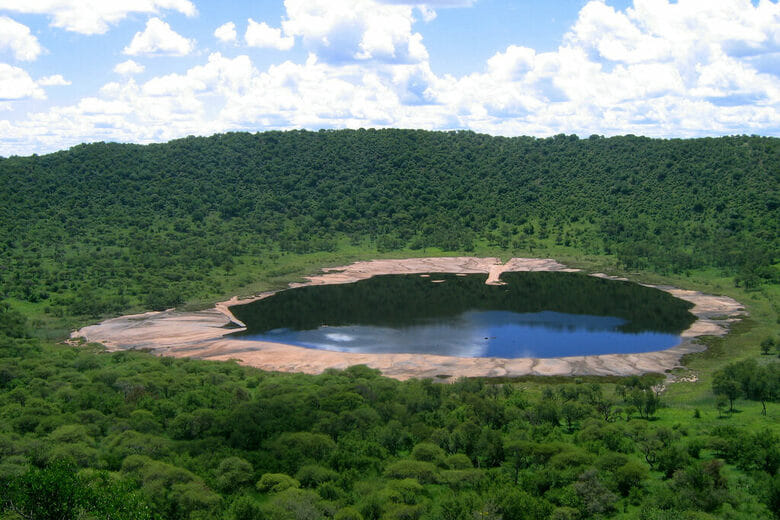
Immerse yourself in the rich history and geological significance of Tswaing Crater, located near Pretoria. This well-preserved impact structure, formed around 220,000 years ago, is now home to a unique saline lake, creating a tranquil setting against its tumultuous origin.
Tenoumer Crater
Location: Mauritania
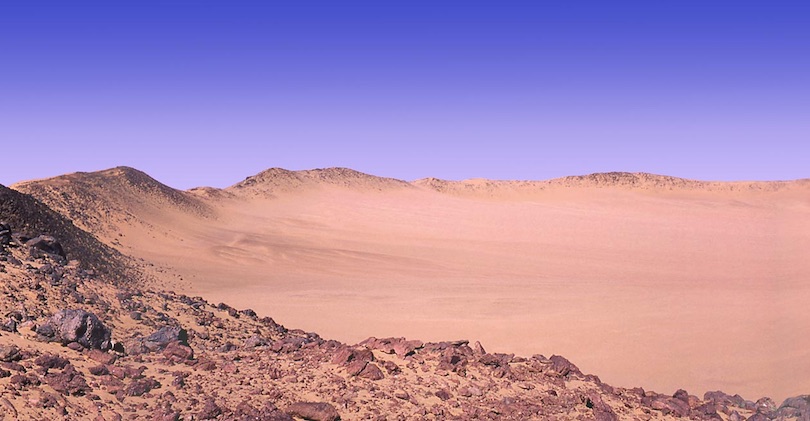
Venture into the deserts of Mauritania to discover the Tenoumer Crater. This relatively small crater, formed around 21 million years ago, provides a stark yet beautiful contrast to the surrounding arid landscape.
Read More: 10 Incredible Natural Places to Visit in India
Roter Kamm Crater
Location: Namibia
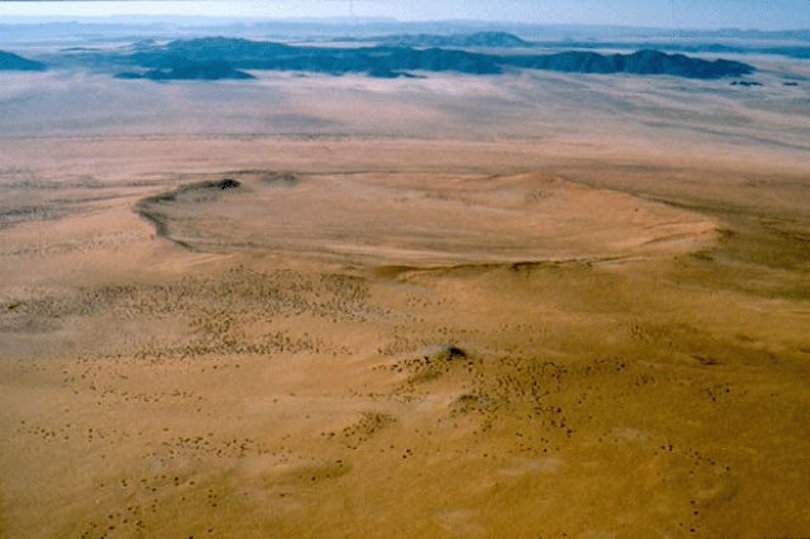
Concluding our cosmic journey, visit Roter Kamm Crater in Namibia, a breathtaking example of an ancient impact crater that has endured for millions of years. The surrounding desert’s vivid colors enhance this geological marvel’s visual appeal.
Explore Earth’s impact craters for a fascinating journey into celestial history. Uncover geological wonders and gain insight into the dynamic connection between our planet and the cosmos. Whether you’re an adventurer or an armchair traveler, these craters share tales of cosmic collisions and the lasting beauty they create.
